Filomena and the women of her village are weaving a heritage of hope in Guatemala. Together, they handcraft traditional kimonos, using ancient Mayan jaspé dyeing and weaving techniques. Together, they’re empowering their families out of poverty.
Filomena’s Heritage of Hope
In the shade of a breezy courtyard, Filomena threads her loom with rich tropical-blue threads. She spends the afternoon weaving on her backstrap loom. The skills and patterns she learned from her grandmother transform her bundles of thread into luxurious jaspé kimonos.
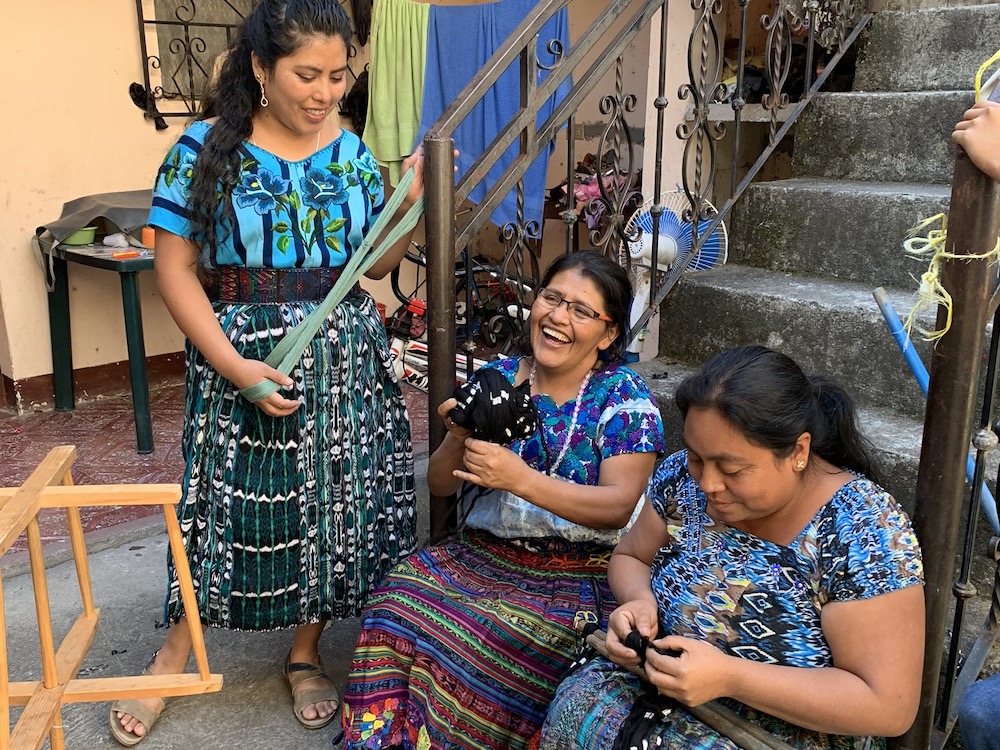
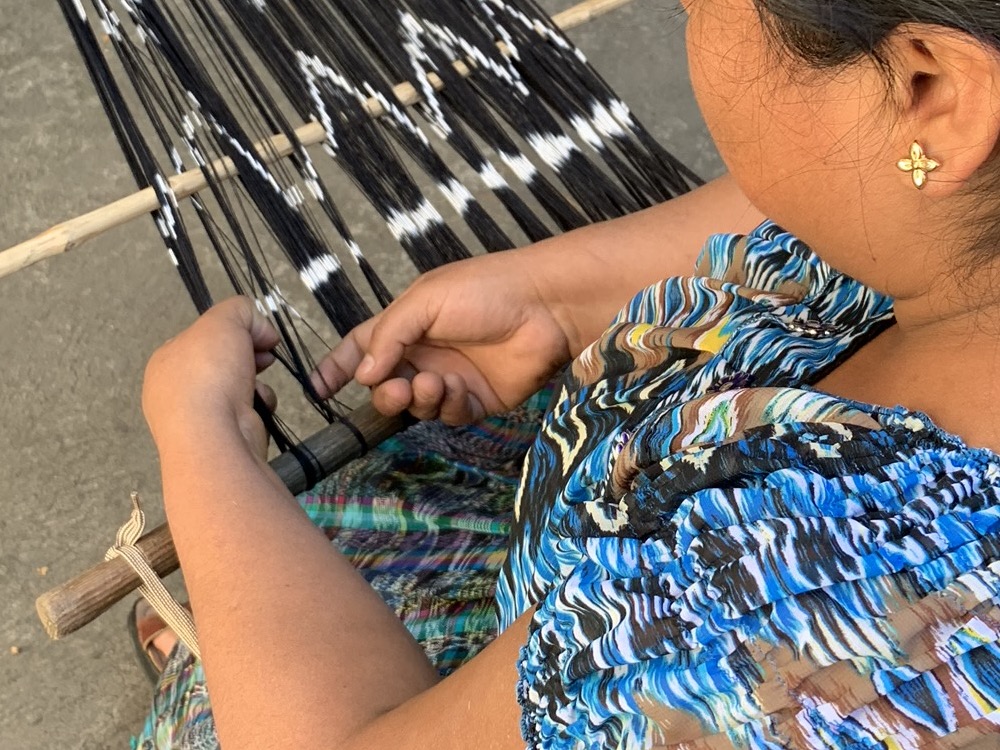
The women of Filomena’s quaint lakeside village still practice the ancient dyeing and weaving methods of their Mayan ancestors. Surrounded by the beauty of a lush volcanic valley, mothers and daughters gather together to pass down centuries of Artisan traditions.
Jaspé Dyeing & Weaving
Ancient Mayan Heritage
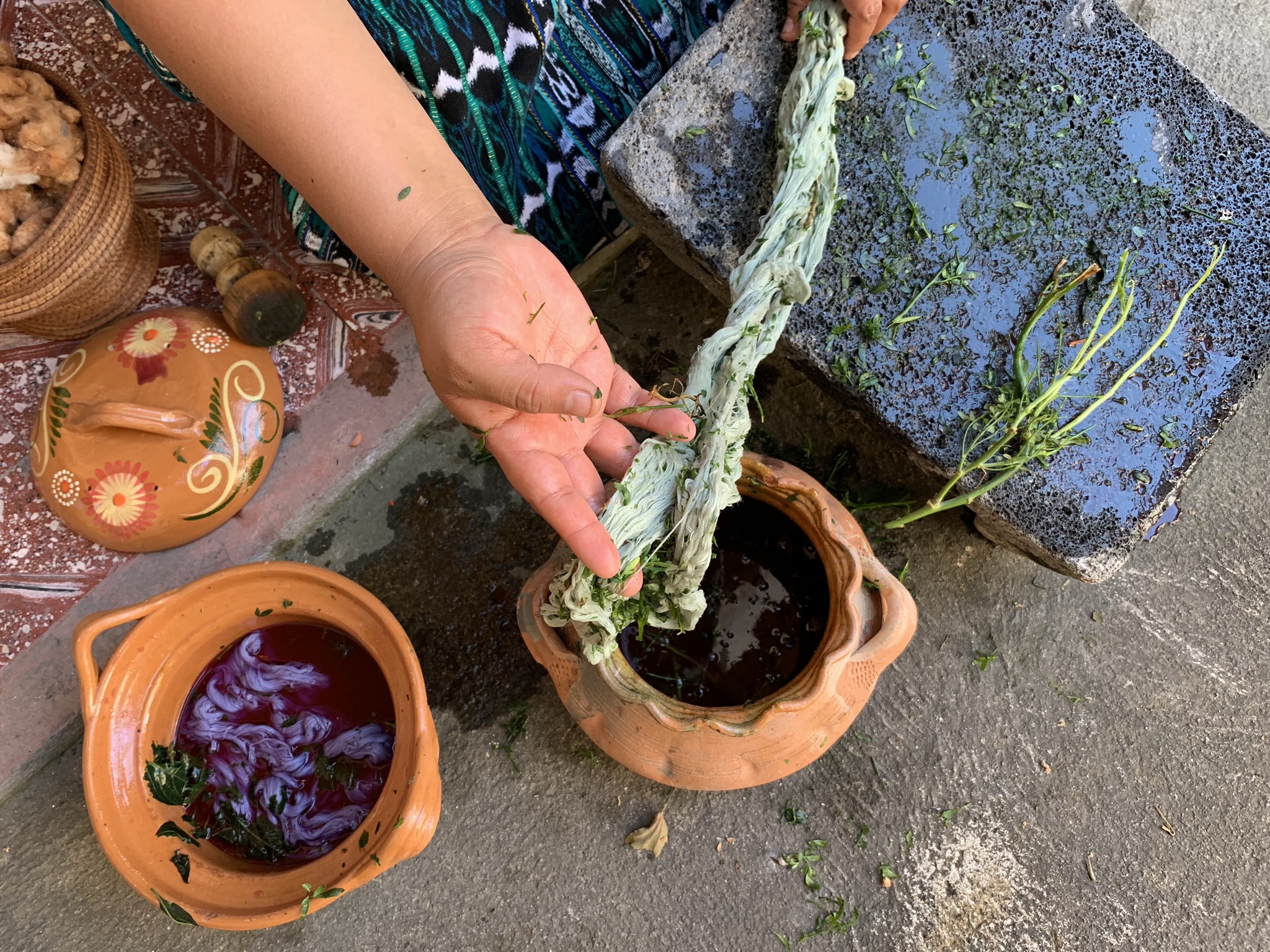
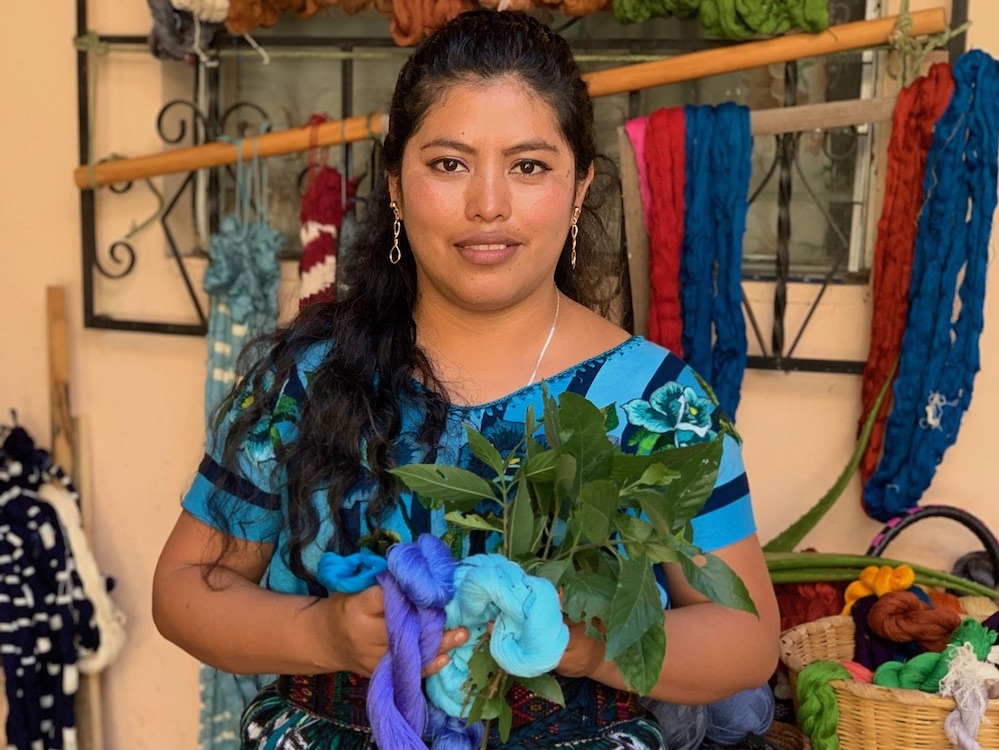
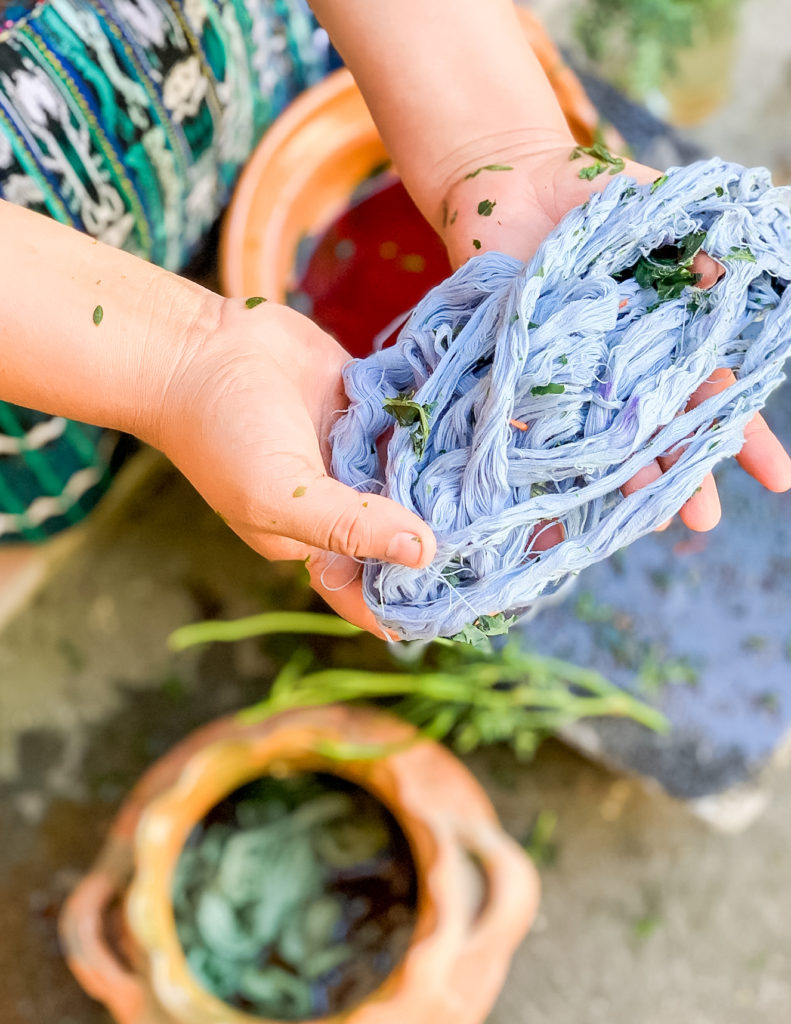
In festive skirts and blouses, they fill an assortment of pots and jars with water. Then, they add fresh-cut native plants from the Guatemalan countryside. Just inside the stucco archway, the Artisans carry bundles of banana tree trunks into the kitchen.
First, they chop and peel away the outer layers. Then, they prepare the inner pulp to boil into mordant.
On the same stove where she cooks her family meals, Filomena boils kettles. Each kettle is filled with bright flowers, green leaves, and earthy barks. She uses these local plants and barks to create her own unique shades of organic plant dyes.
Each pot contains a treasured family recipe that has been passed down for generations. Among her most prized family recipes is Guatemalan Indigo.
Natural Plant Dyes
Generations of Artisan Traditions
Througout her life, the jaspé dyeing and weaving techniques she learned from her mother and grandmother have become more than a hobby to Filomena. She’s the first member of her family to enjoy the opportunity of pursuing her dreams. She dreams of becoming a professional weaver.
“Knowing the craft of weaving has changed my life! Instead of farming, which is sometimes very hard physically, I can focus on creating.”



“My favorite part is the magic of the natural dyes. I like to experiment with the plants and create new colors.” – Filomena, Artisan in Guatemala
Weaving a Heritage of Hope for Her Village
Now, silky rainbows of thread wave in the breeze, as these mothers and daughters gather in the village courtyard. Once the threads are dry, they finally begin weaving the traditional kimonos of their ancestors. This is more than a celebration of art and heritage. In a culture where families face overwhelming poverty and lack of job opportunities, many of these Artisans, like Filomena, are the main income earners for their families.
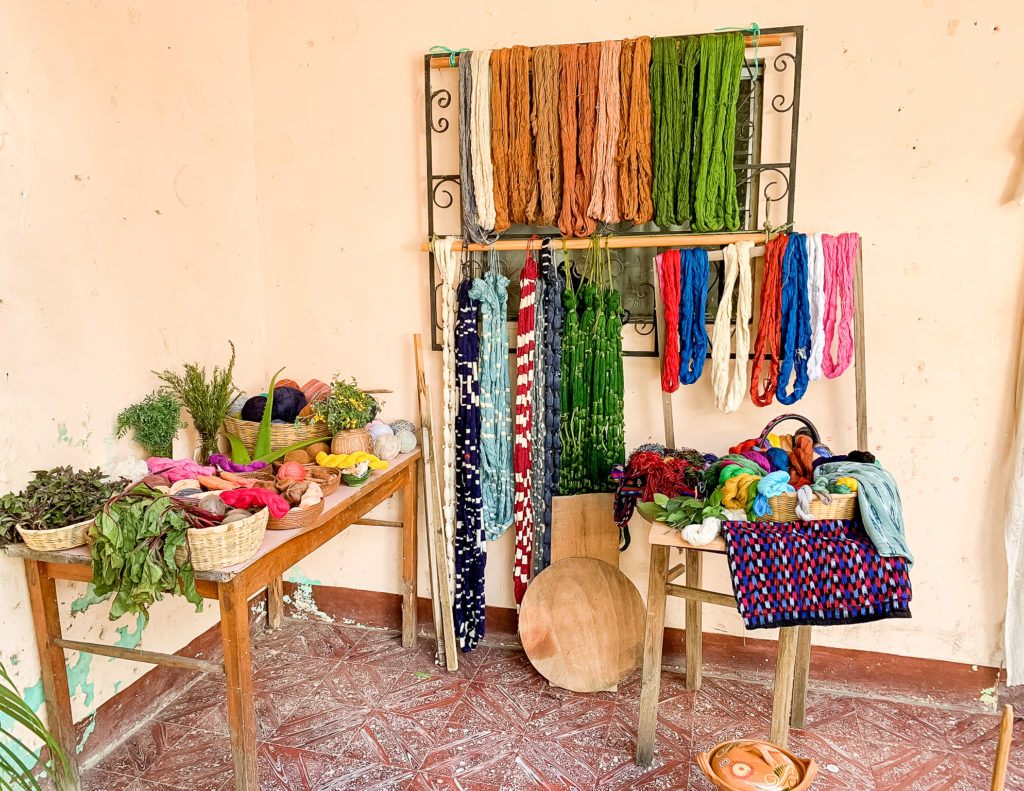
Without this income, most of these women would be forced to farm for a living. Guatemala’s rugged terrain, unpredictable weather, and lack of modern farming equipment make farming a difficult and undependable sole source of income for many families. As Trades of Hope Artisan partners, these women are able to explore their own creativity, enjoy community, and work in safe environments. Most importantly, they can stay close to their families.


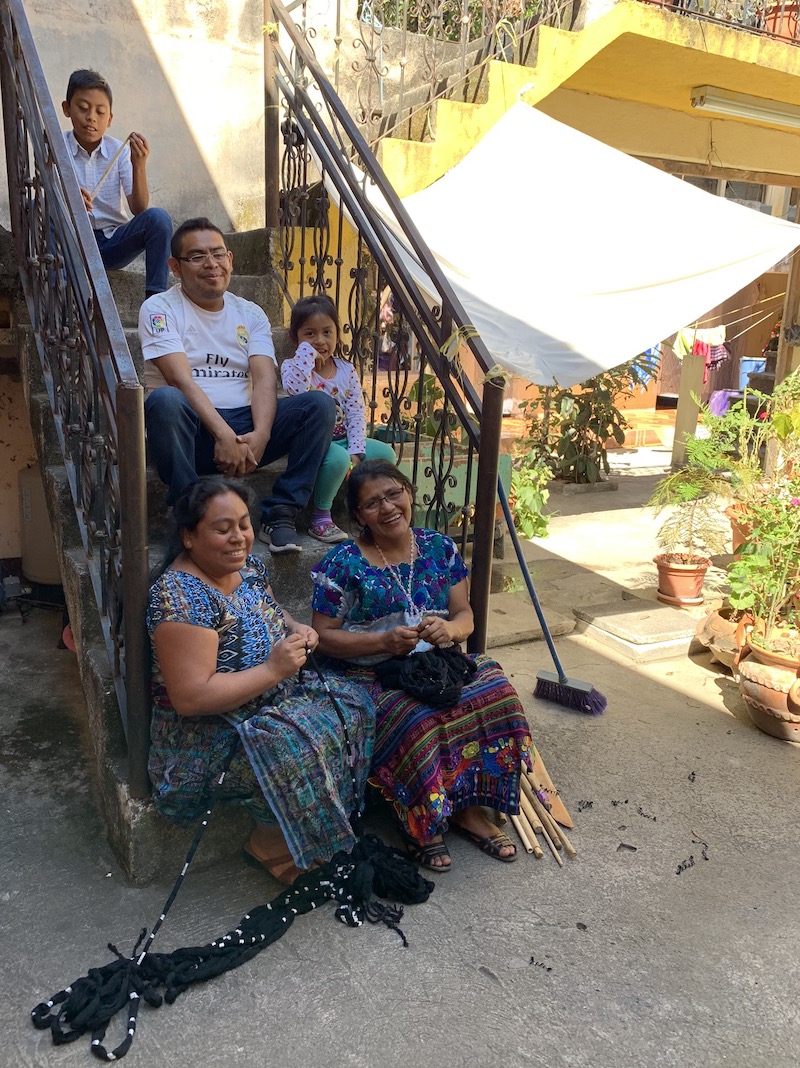
“Before this, I always worked at home taking care of my kids and farming land. My entire family has always been and still are farmers except for me.” – Filomena
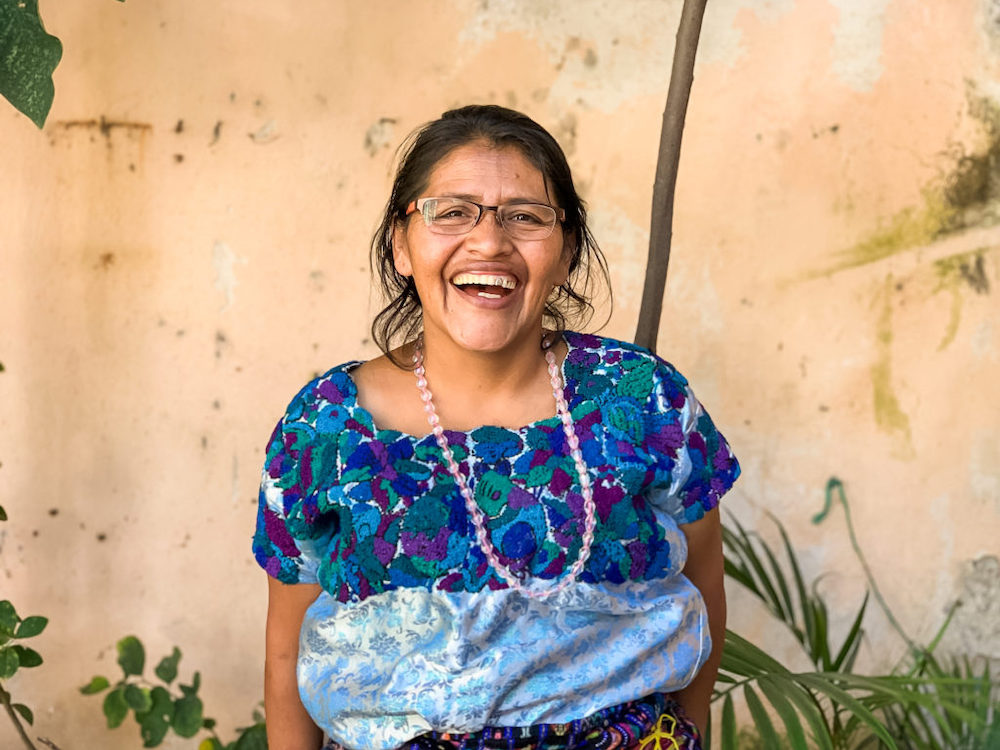
“Now I’m a professional weaver. That makes me happy!” – Filomena
Weaving a Heritage of Hope for Her Children
As a mother and grandmother, Filomena invests the income she earns as an Artisan into her family’s hopes for a better future. She saves part of her income, hoping to own her own shop, one day, where she can sell her designs.
Filomena also continues to invest in the next generation by funding her grandchildren’s education – a luxury in Guatemala. In remote villages like Filomena’s, many children must spend their days peddling in the streets to buy food for their families, instead of attending school. She hopes to provide her grandchildren with better opportunities to pursue their own dreams.
Watch Juana weave our Del Sol Kimono!
CLICK ON THE VIDEO TO SEE HER CREATE THIS UNIQUE PATTERN!
This pattern celebrates coffee and cacao beans! Coffee and cacao beans are highly celebrated as part of the Artisans’ ancient Mayan culture!
Finally, Filomena ties her final tassel. She’s invested a week of her life, skill, and passion into creating each handwoven jaspé kimono.
With every kimono she creates, Filomena has also invested in her dream of creating a brighter future for her children.
She weaves each timeless kimono with pride in her ancient Mayan heritage and hope for her family’s future.

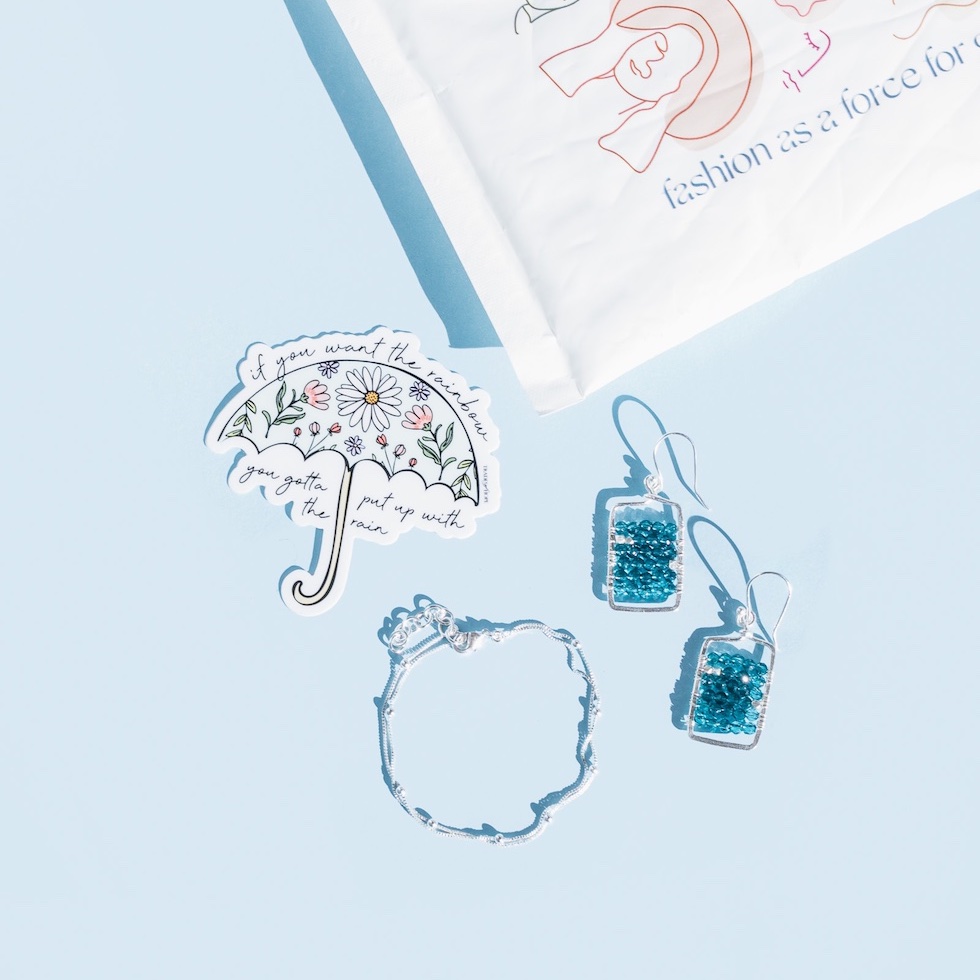
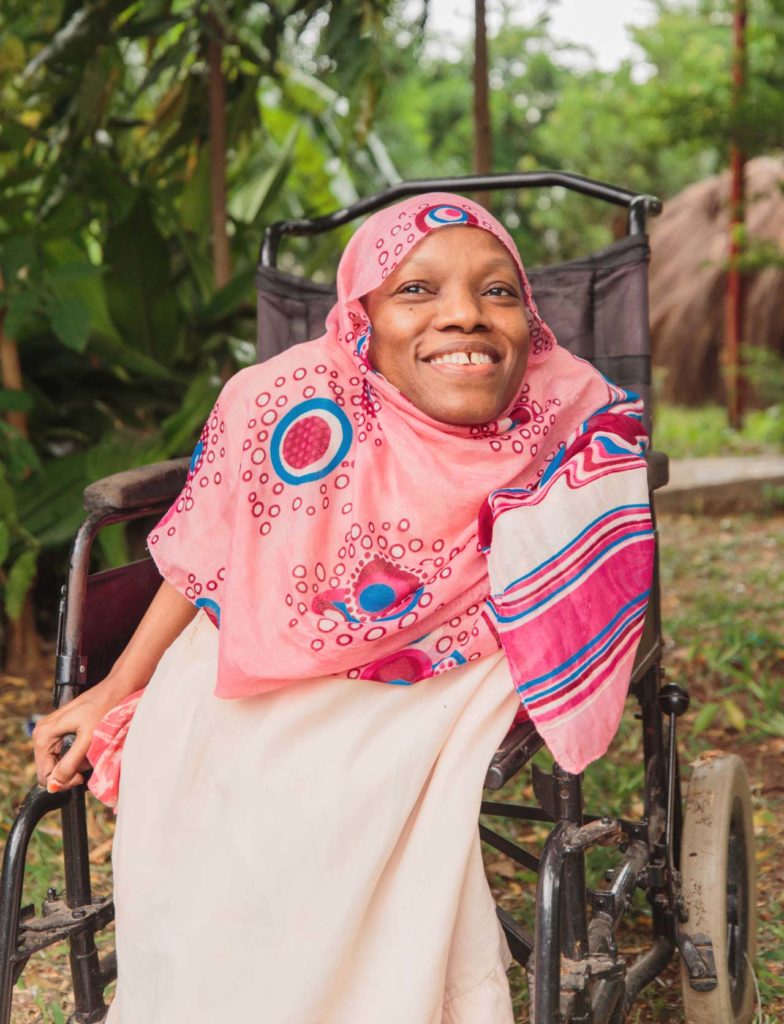
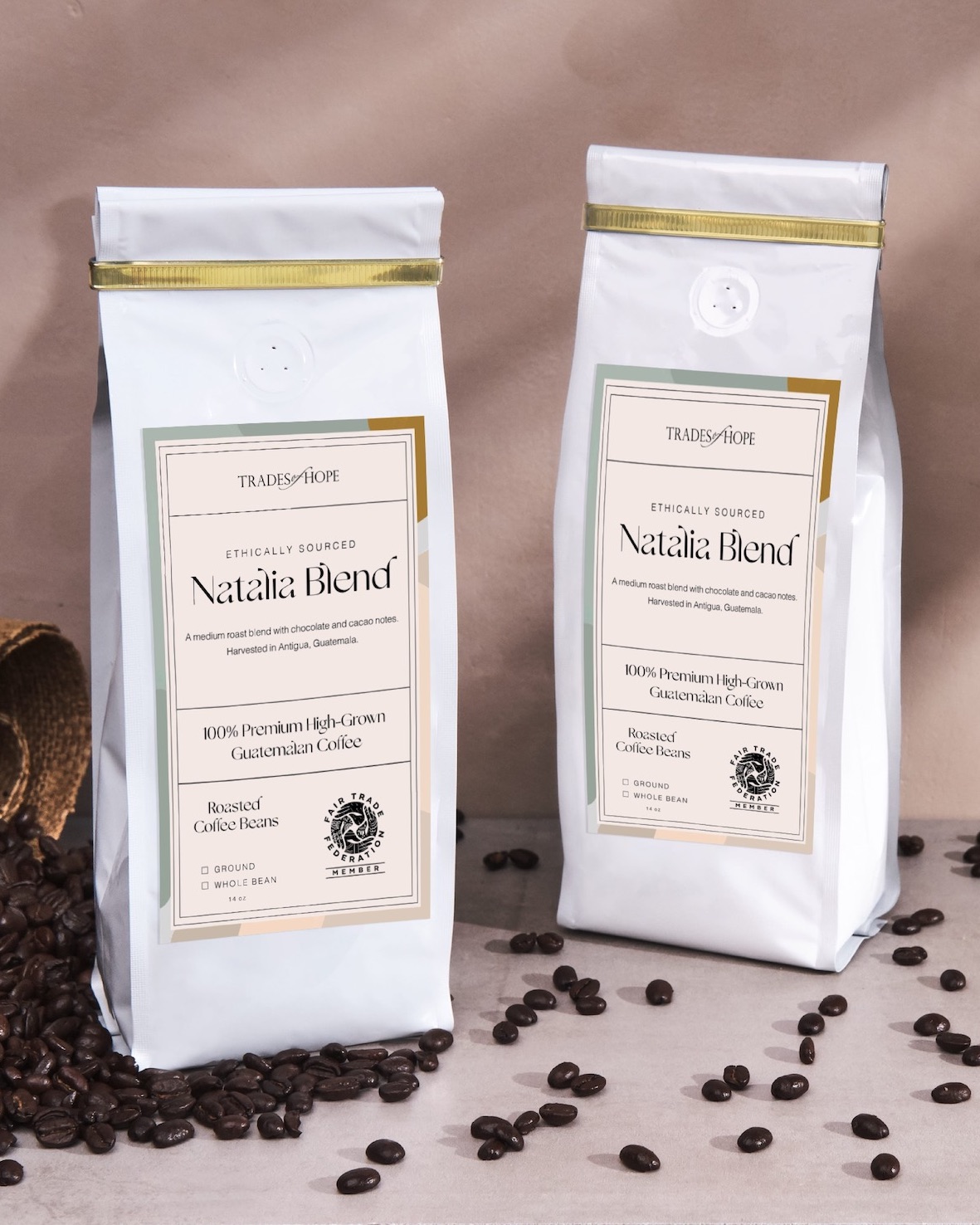
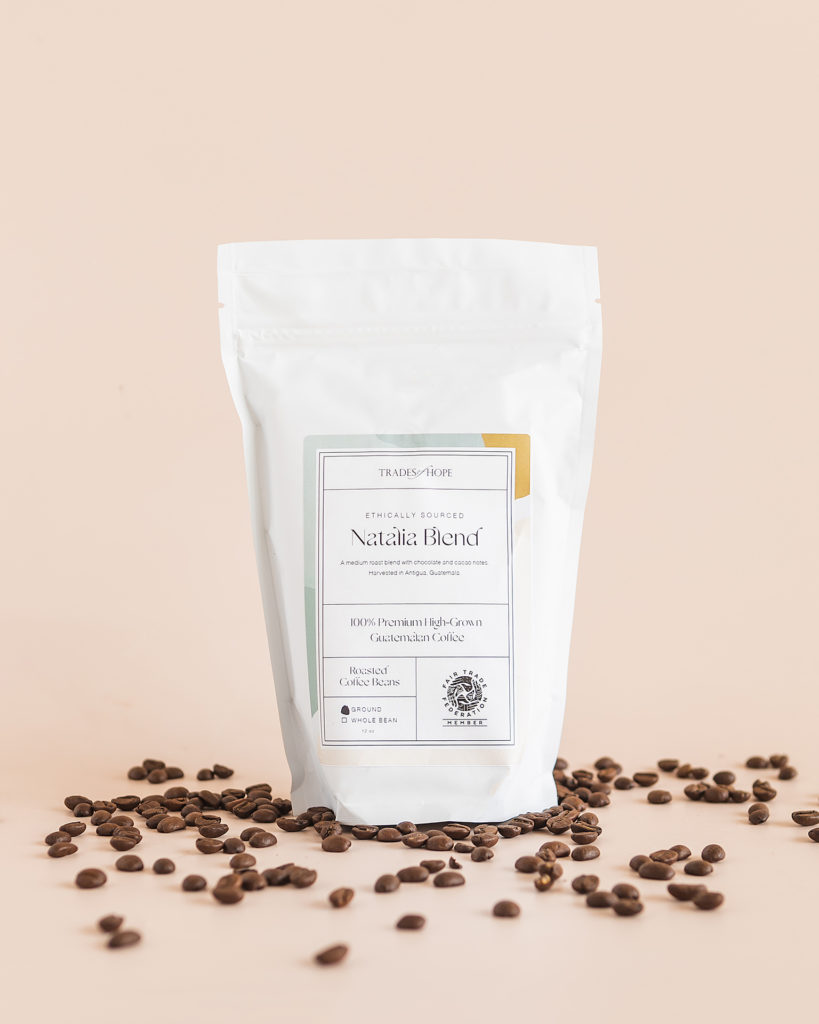
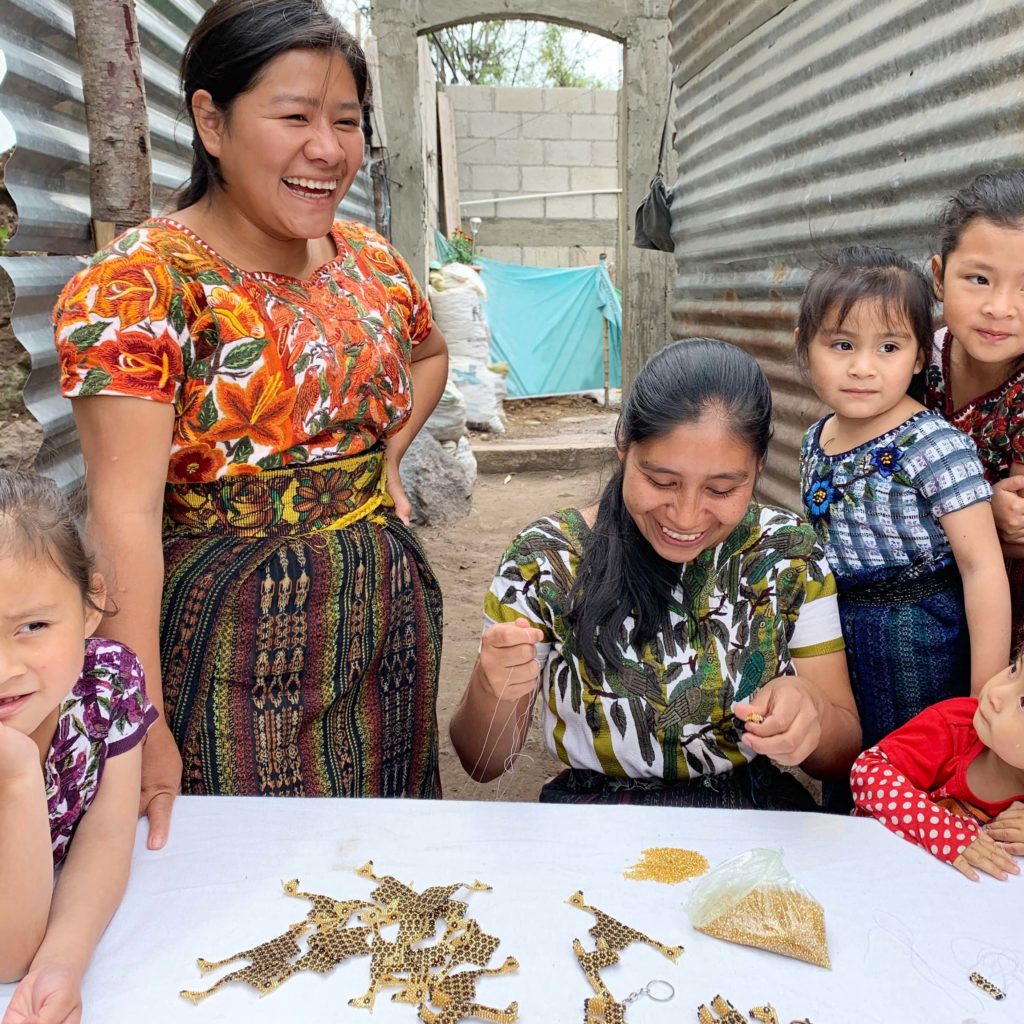
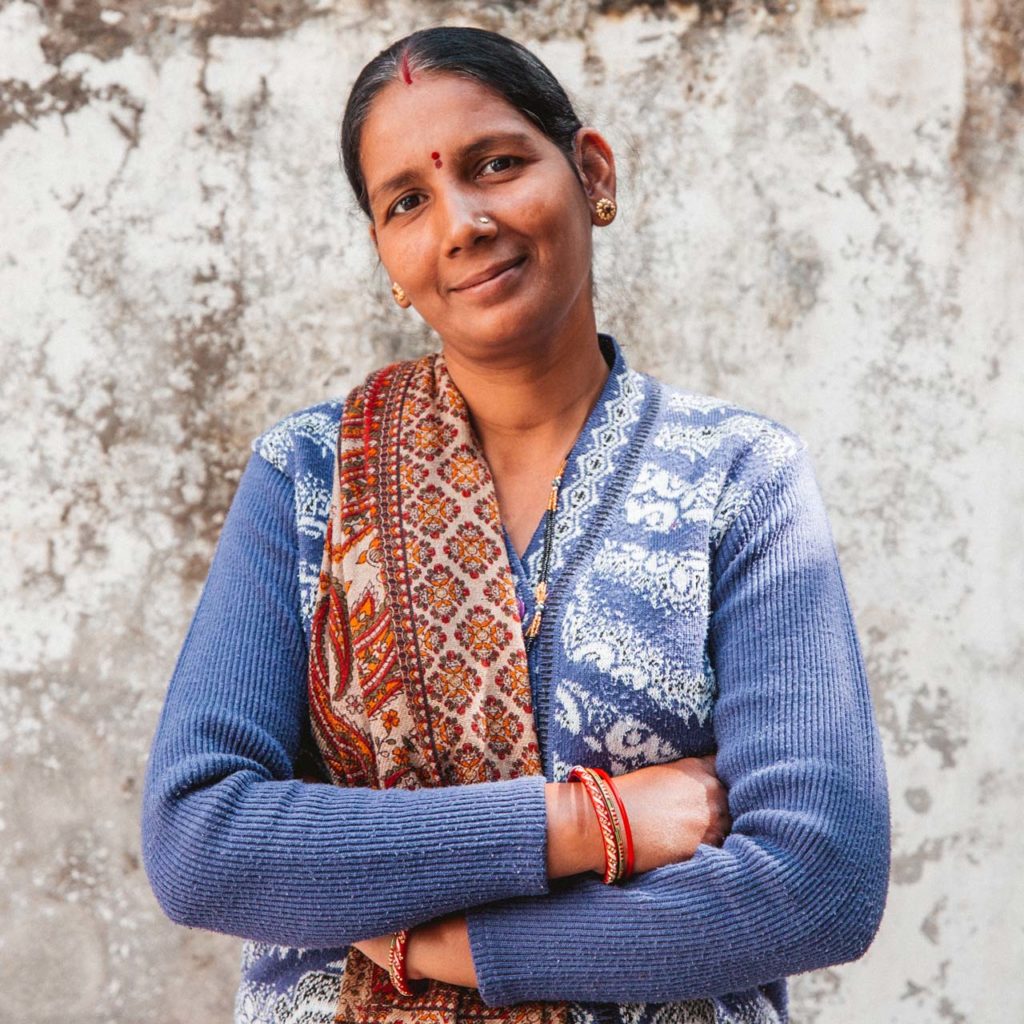
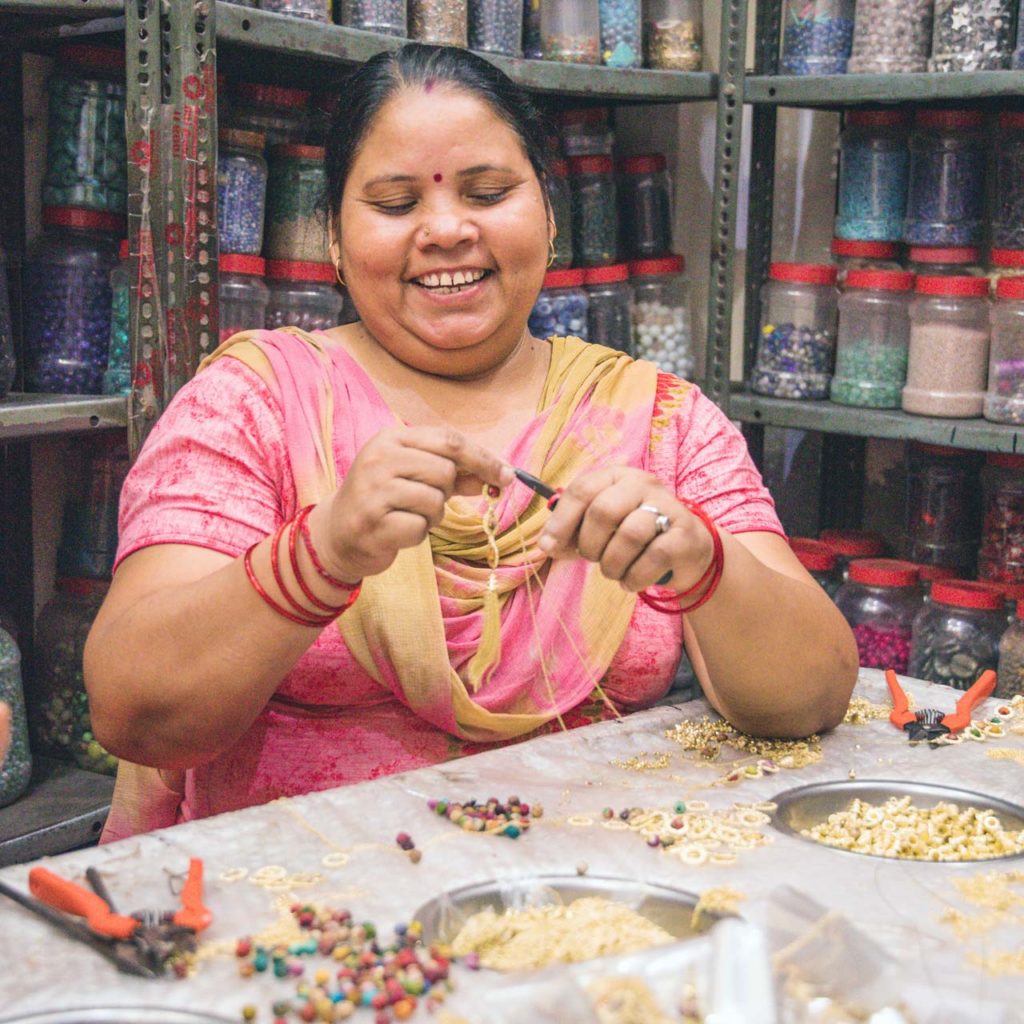

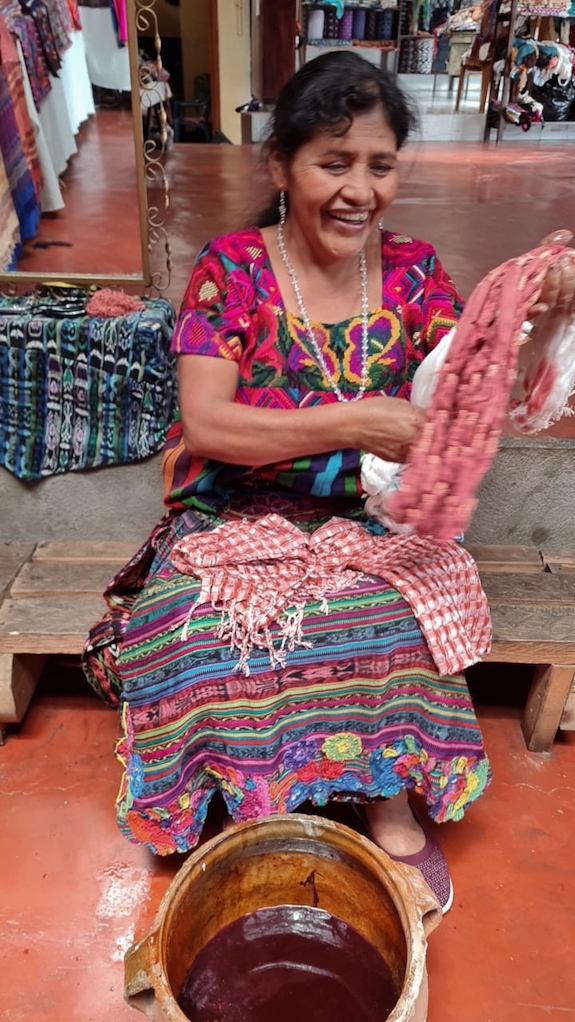
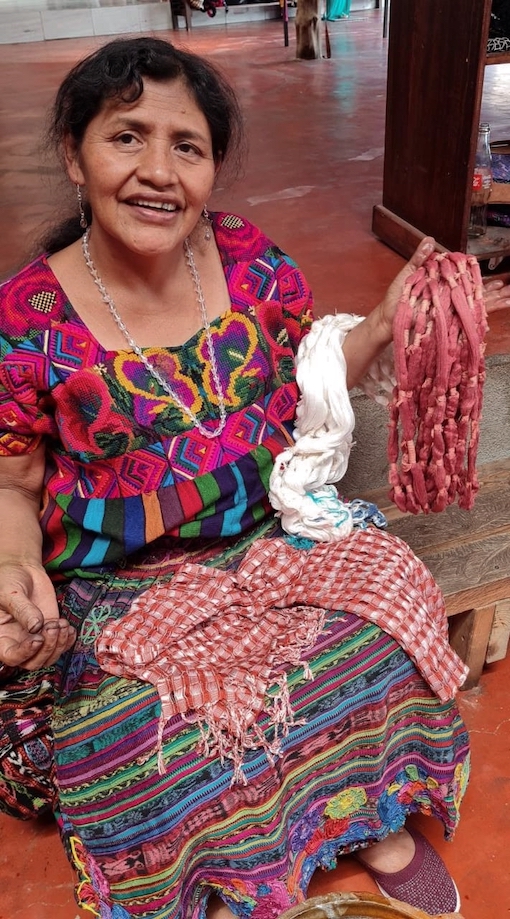
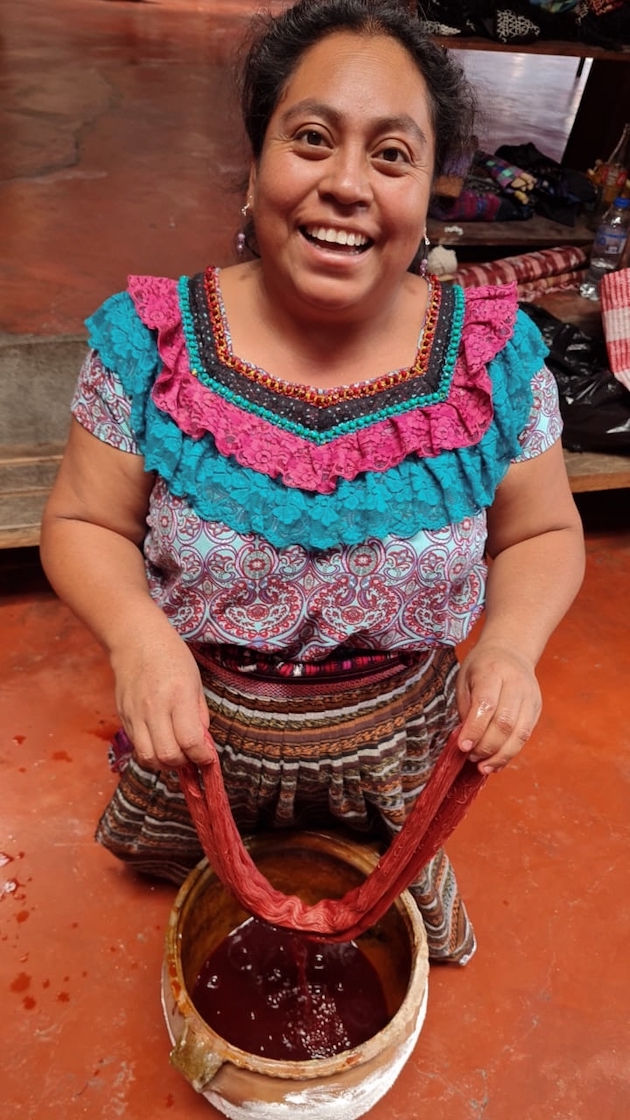
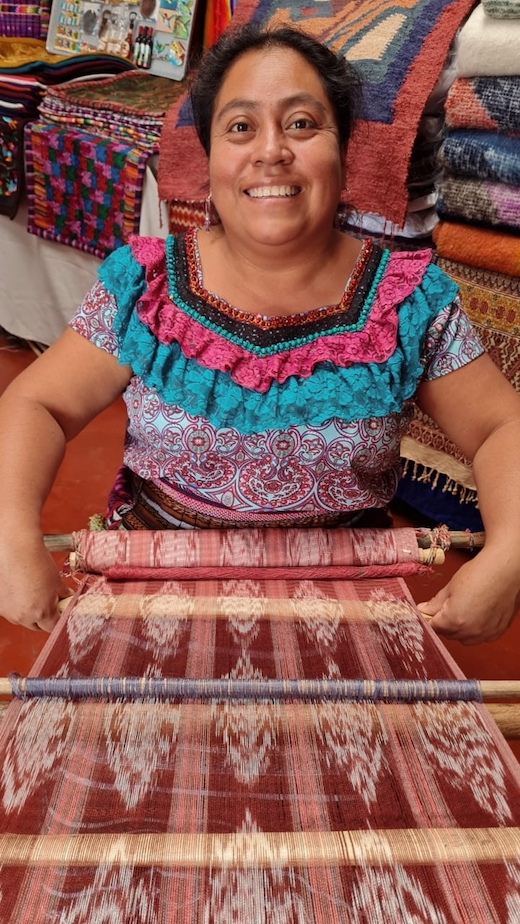
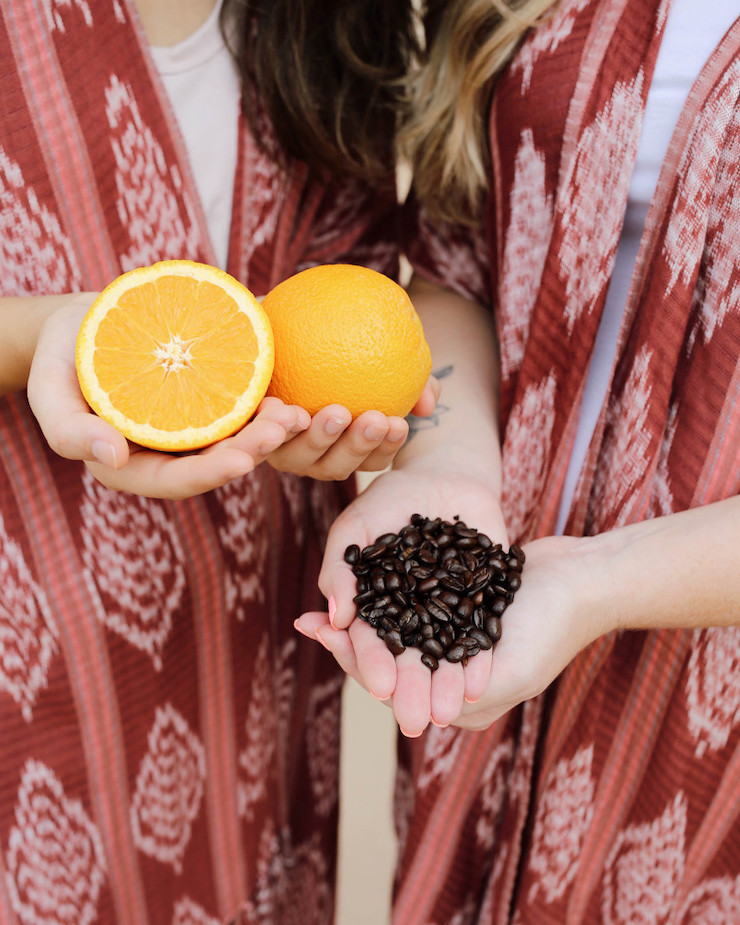
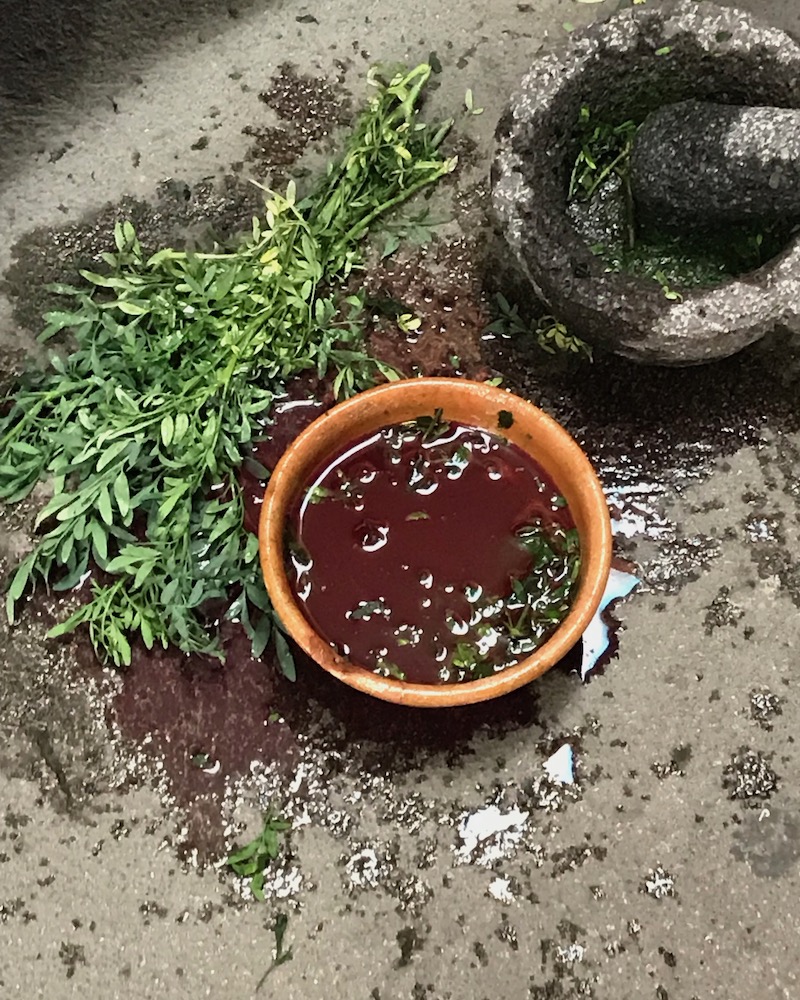
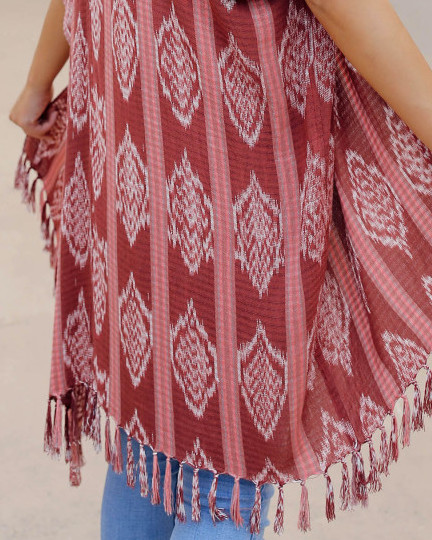
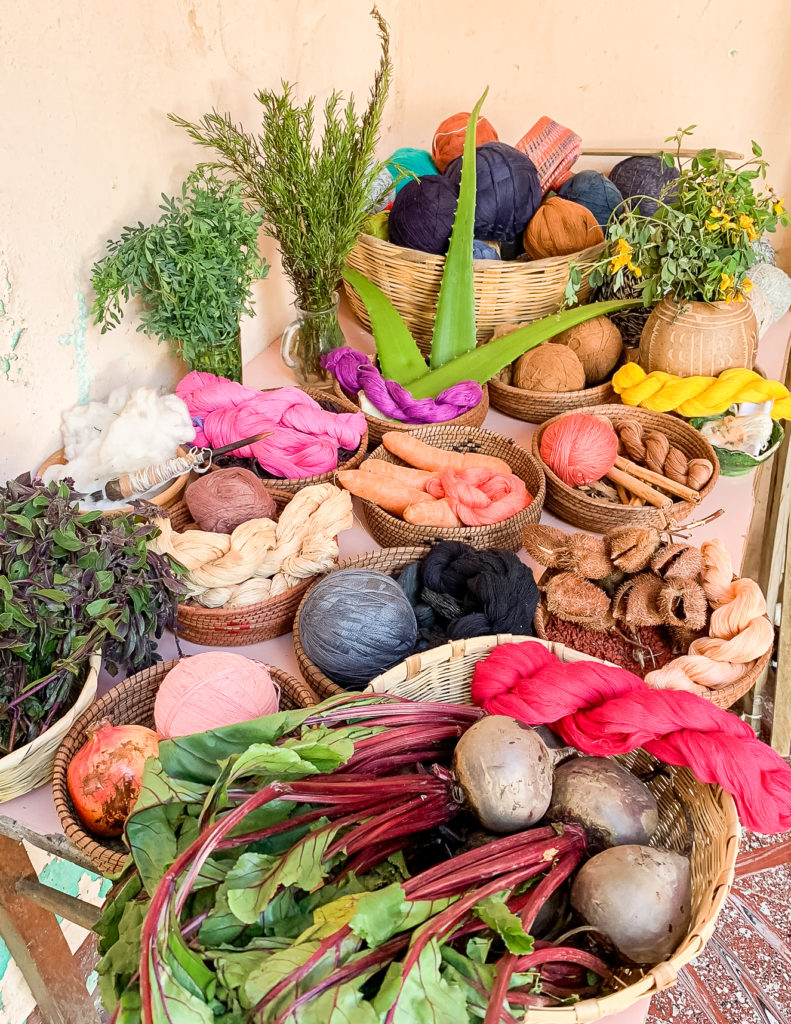
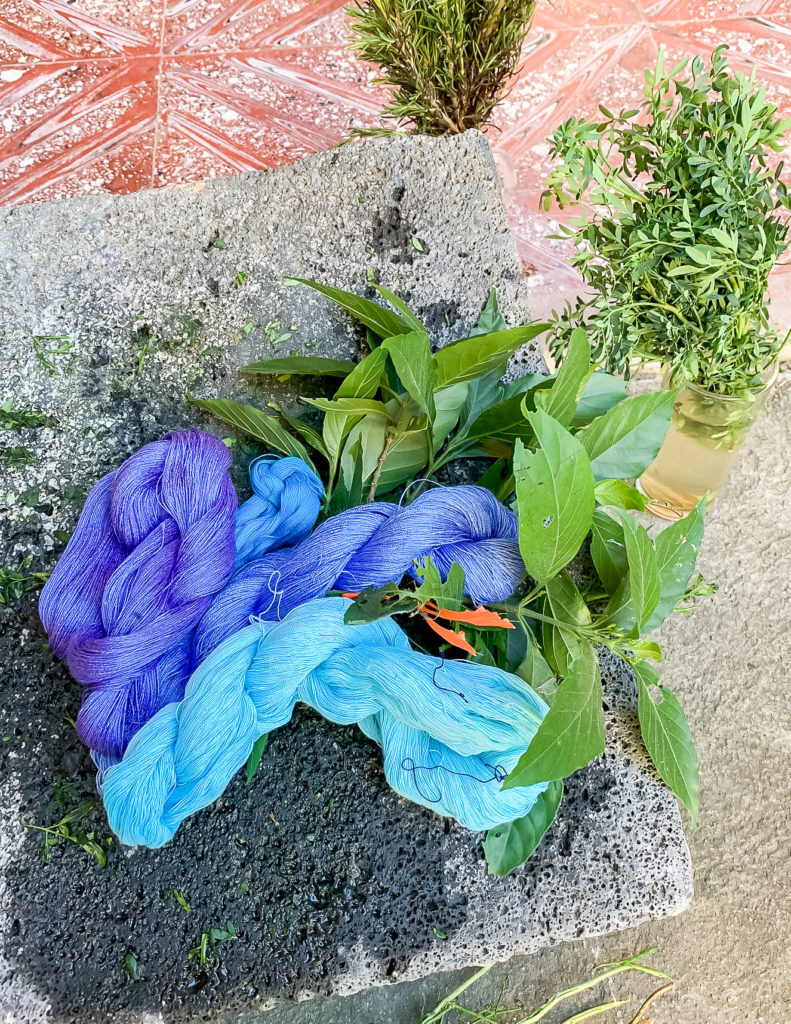
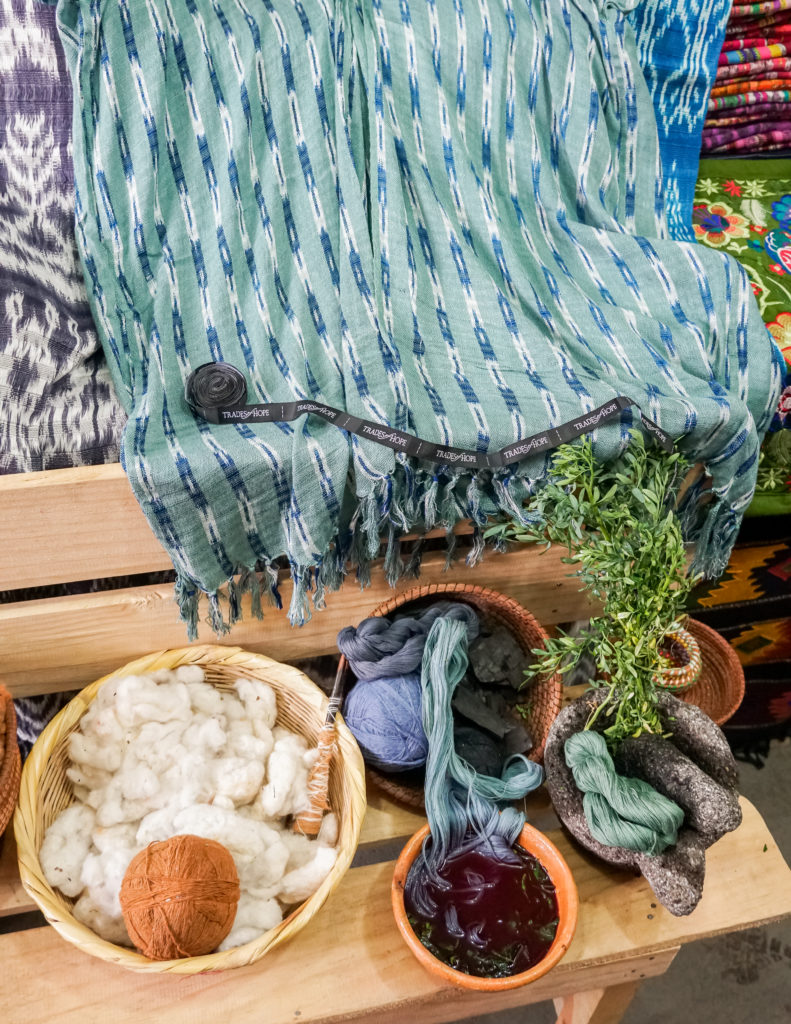
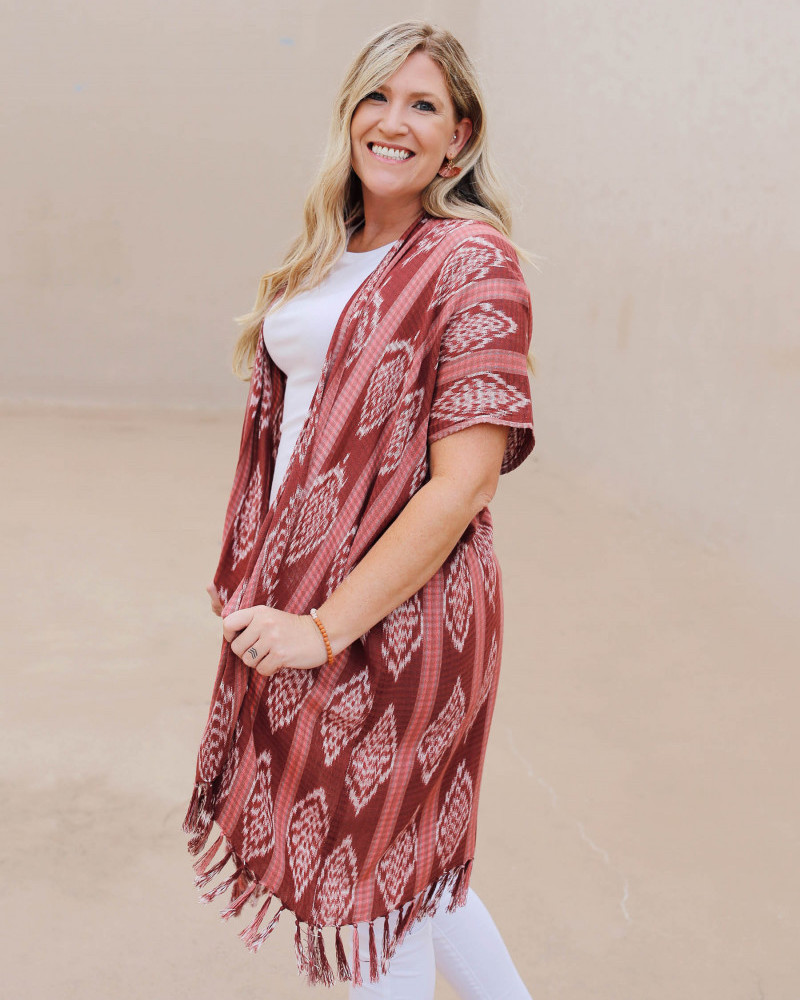
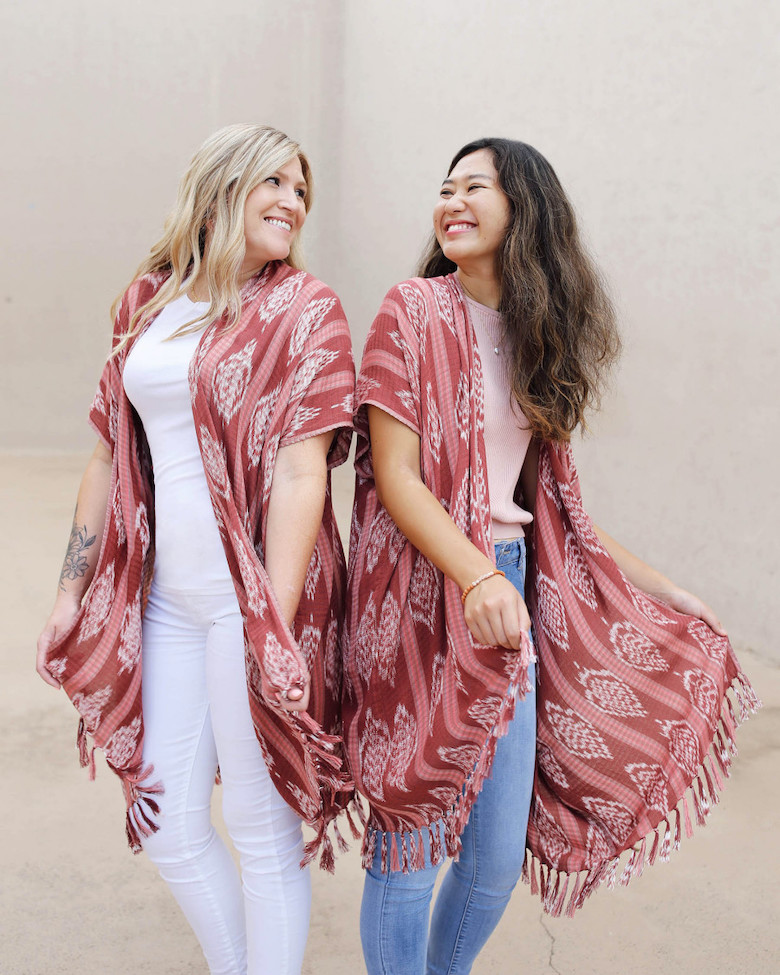
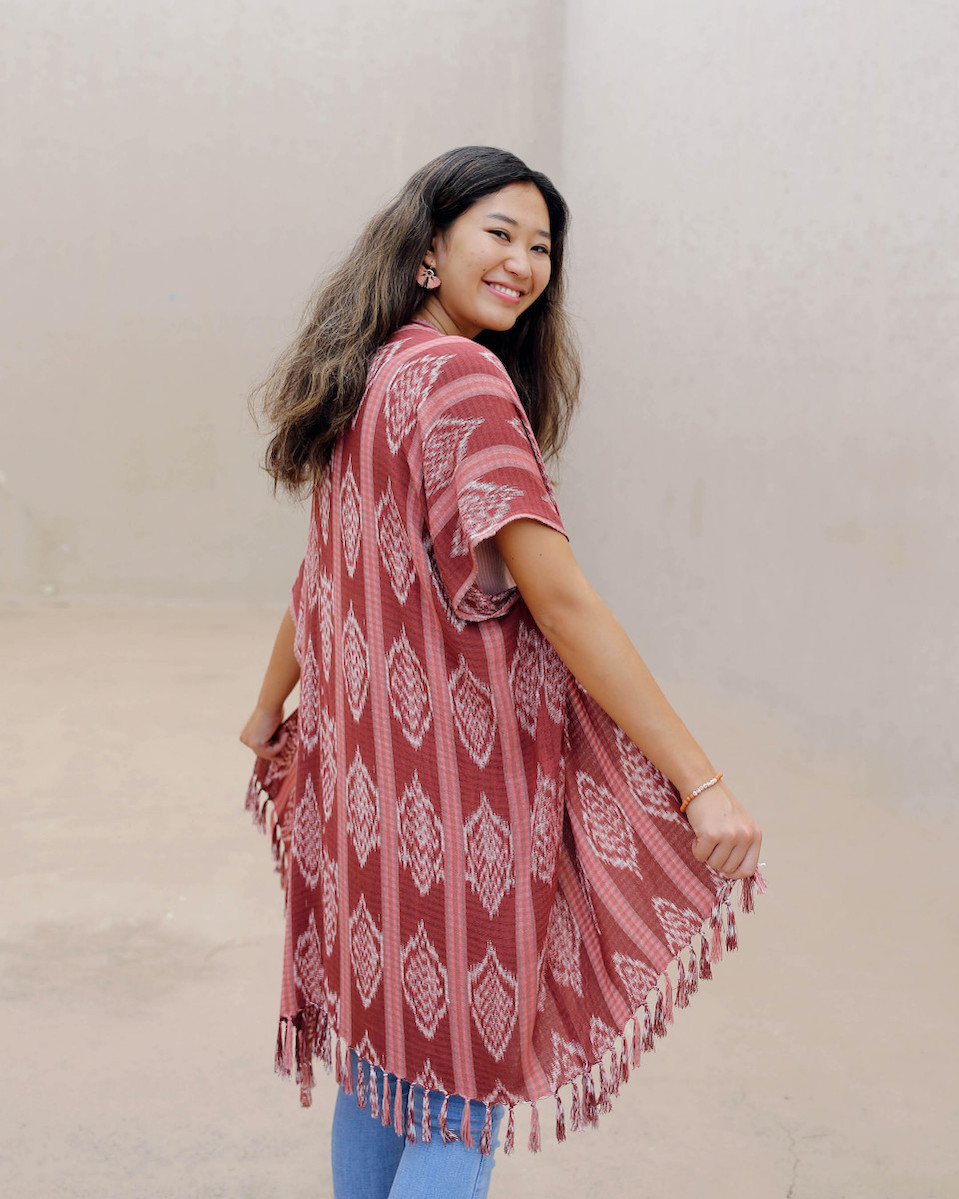

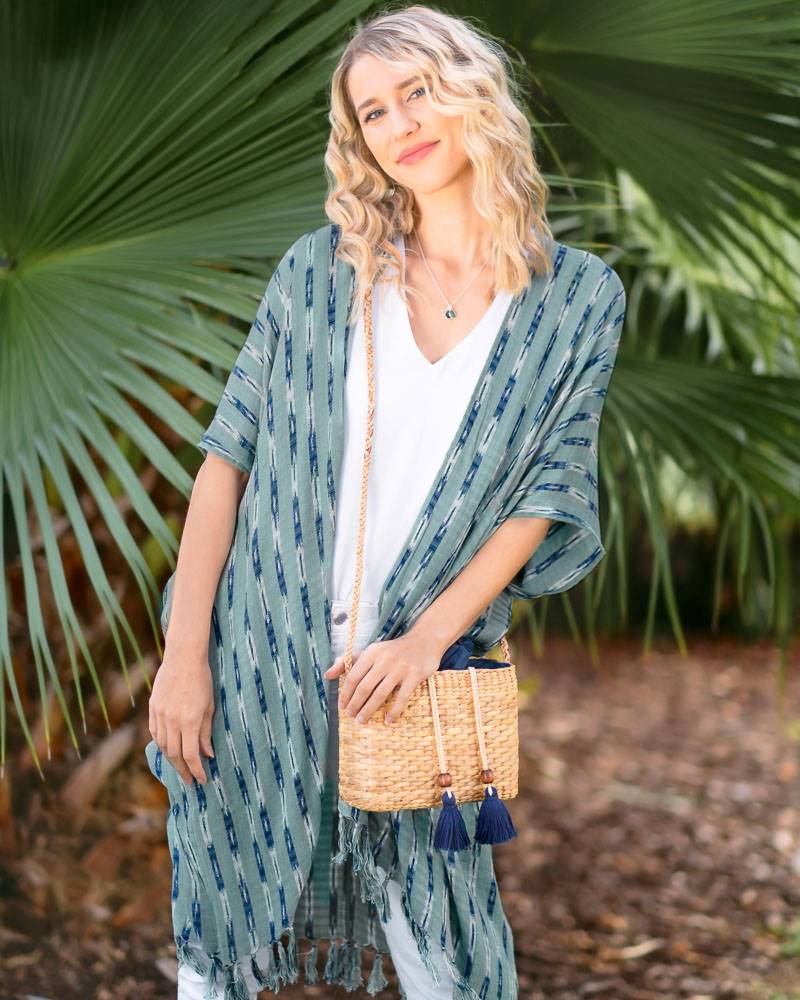
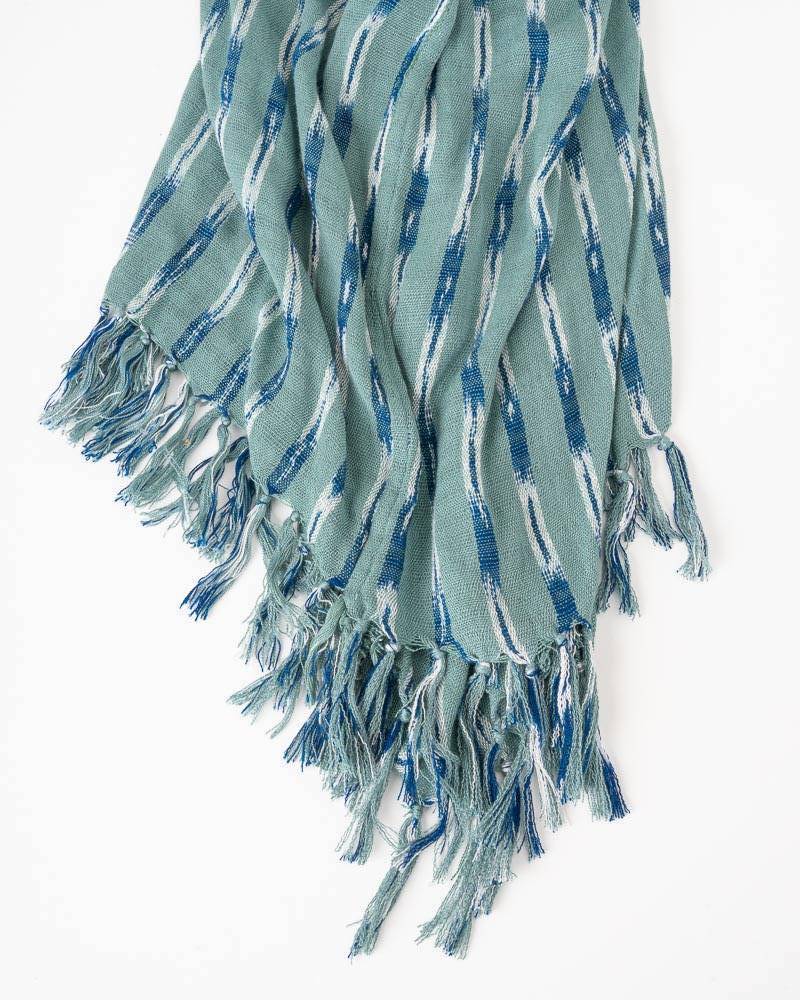
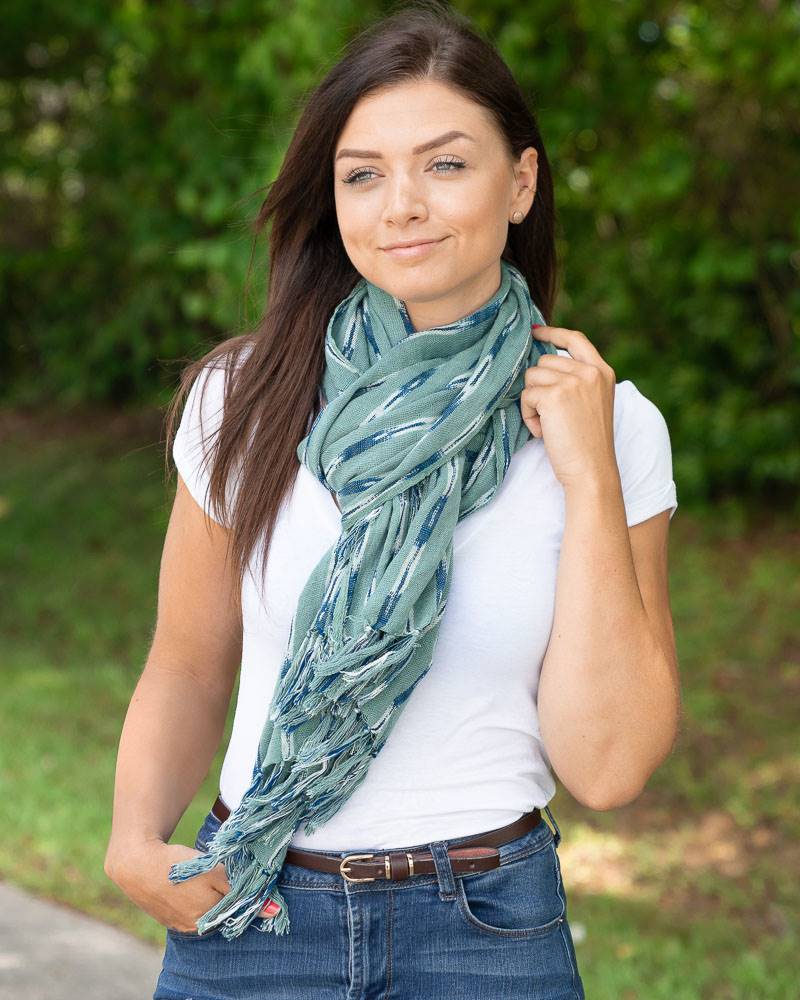
0 Comments